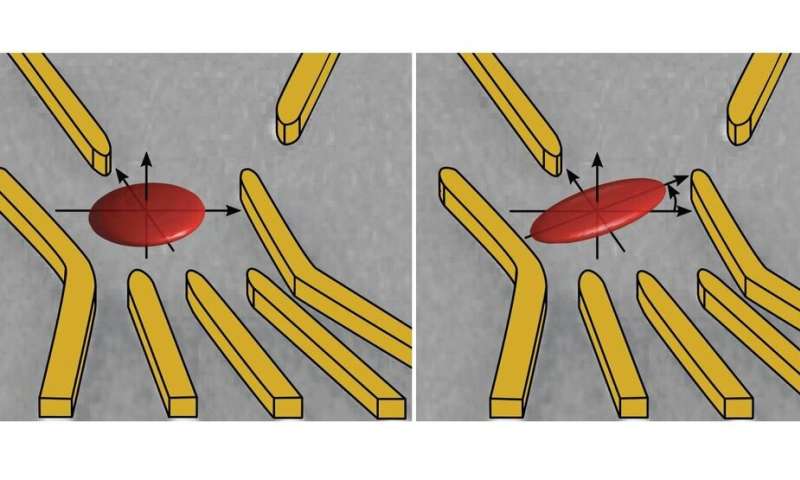Best of Last Week: The geometry of an electron, a $2M medicine and a link between anxiety and gut bacteria

It was another good week for physics as a team at the University of Basel announced that they had determined the geometry of an electron for the first time—another necessary step in the development of a true quantum computer. Also, a team with members from Oxford University and the University of Hong Kong proposed a second level of quantization for quantum Shannon theory, where both the information carriers and the channels can be in quantum superposition on a noisy communications channel.
It was also a good week for space science as a team with members from the University of Texas at Austin and the University of Arizona reported on their discovery of a massive Martian ice formation a mile below the surface, which they suggested opened a window into the red planet's history. And a team at the University of Münster showed, for the first time, that the formation of the moon brought water to Earth, making life possible.
There was also news about climate change; a team of chemists at the University of Illinois announced that they had developed a type of artificial photosynthesis that could transform carbon dioxide into liquefiable fuels. And another team, led by a group at Stanford University, outlined a vision for a profitable climate change solution involving converting one type of gas to another.
In other news, officials at the UN made headlines when they announced that they feared a Pacific nuclear "coffin" was leaking—a dome put in place to contain nuclear waste generated by atomic bomb explosions in the '50s appeared to be leaking. The FDA also made headlines by approving a $2M medicine—the most expensive ever. The medicine is a form of gene therapy meant to treat an inherited condition called spinal muscular atrophy. And a team with members from Belgium, Canada and France announced that the one-billion-year-old fossilized fungi they found were the Earth's oldest. Found in Canada, the researchers suggest the findings could reshape theories describing how life evolved on land.
And finally, if you are like millions of others across the planet who suffer from bouts of anxiety, you might want to look at research conducted by a team at Shanghai Jiao Tong University School of Medicine, where a study found that anxiety might be alleviated by regulating gut bacteria.
© 2019 Science X Network